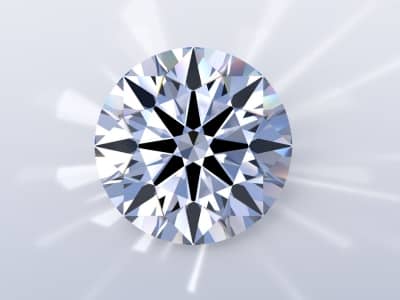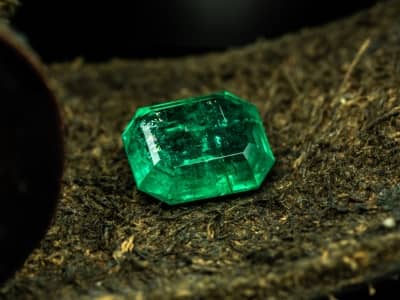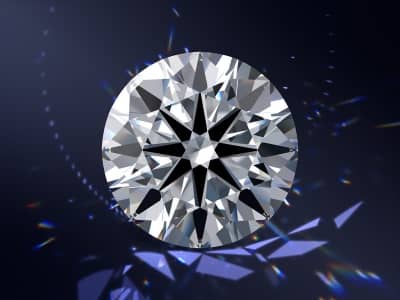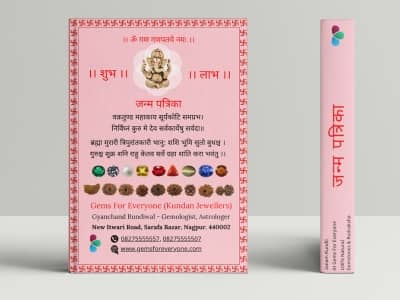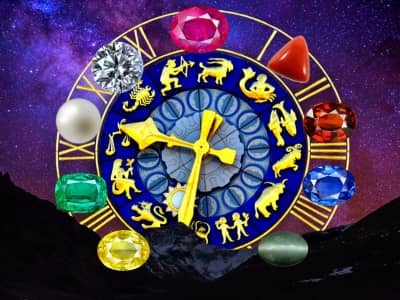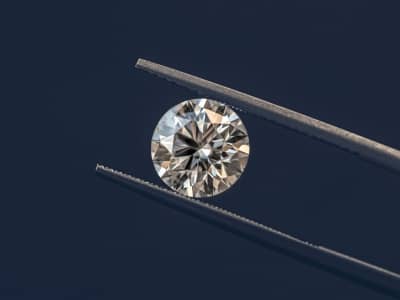Natural Diamonds
Round Shape
Princess Shape
Oval Shape
Heart Shape
Cushion Shape
Emerald Shape
How to find out which Diamond is the Best for you!
Buying a diamond is quite similar to buying a car, which means you need to consider several factors that are important to YOU rather than stressing yourself out trying to find the ideal one. When buying a car, you should consider factors such as mileage, luxury, space, comfort, driving experience and price. And if you can find a car that gives you the best combination of all of that, then go for it. Similarly, when buying diamonds, you need to get to the basic 4Cs of Diamond and understand which ones are important to YOU. Let’s understand each of them with a reference to our recommendations
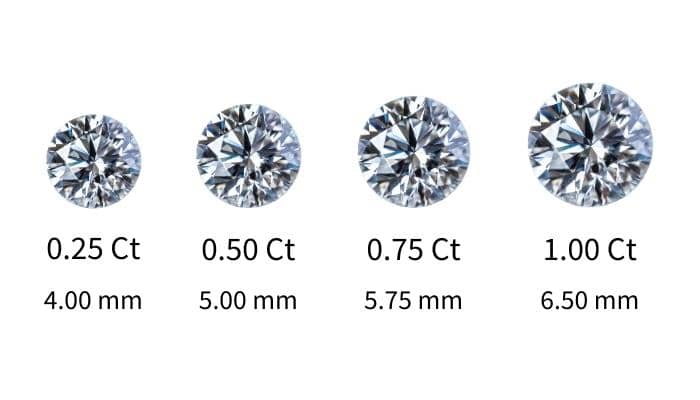
1. Carat
Diamond weight is measured in metric carats, with each carat equivalent to 200 milligrams or 0.2 grams. Carats can be further divided into 100 cents, enabling precise measurements to the hundredth decimal place. While most diamonds are listed in carats or fractions of a carat, smaller diamonds may be measured in points. It’s important to note that carat weight does not directly indicate diamond size, so be cautious not to confuse the two when evaluating diamonds.
Expert Advice – When assessing the size of a diamond, be sure to check its diameter in millimeters. It is common to find a diamond with a diameter of 1 carats while the actual carat weight is 0.90 carats, providing an opportunity to save a significant amount of money without compromising on the visual size of the diamond.
2. Color
While only a limited number of diamonds exhibit true colorlessness, the majority display a range of yellow and brown hues. Once mined, diamonds undergo color grading by gemologists at a gem lab, utilizing a scale from D (colorless) to Z (light yellow). Colorless diamonds hold the highest value and are typically the most expensive. It is often recommended to consider diamonds in the D to I range for optimal choices. To delve deeper into diamond colors and their grading, explore further information.
Expert Advice – Our recommendation is to play safe and go for I or J color since after setting in gold it will give you the look of a H color Diamond. And remember no one out there is a Gemologist to guess that exact color of your Diamond!
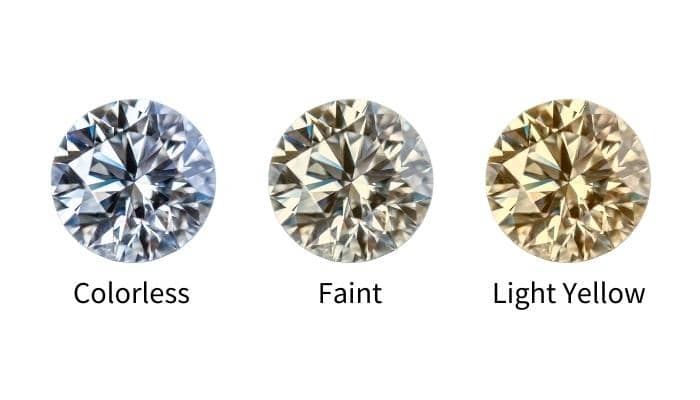
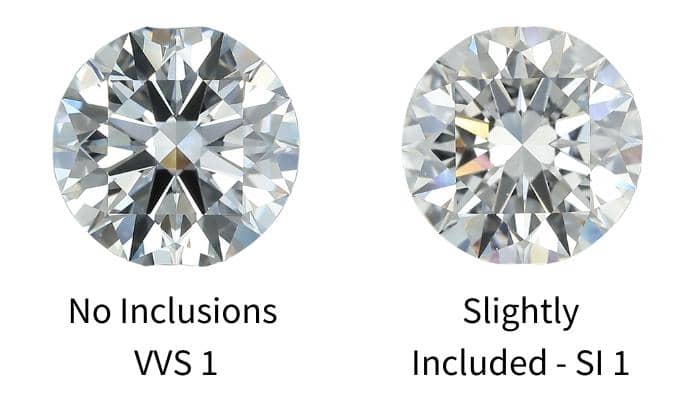
3. Clarity
During their formation deep beneath the Earth’s surface, diamonds naturally develop internal inclusions and external blemishes. Clarity evaluates the quantity, nature, and location of these imperfections. The clarity of a diamond is assessed using a scale that ranges from Flawless to Included. Explore our comprehensive guide on selecting the ideal diamond clarity for more information.
Expert Advice – VS 1 or VS 2 clarity diamond is a wise choice as it allows you to allocate the saved funds towards the size or color of the diamond. Since the size and color are more noticeable to the naked eye, prioritizing these aspects can enhance the overall visual appeal of the diamond.
4. Cut
A diamond’s cut encompasses the intricate arrangement of facets and angles crafted into the gem to optimize its light reflection. A subpar cut results in a lackluster appearance, whereas a well-cut diamond with precise facets and angles interacts harmoniously with light, producing three key effects: Brightness, which reflects white light; Fire, which scatters light into a spectrum of colors; and Scintillation or Sparkles, arising from light and dark patterns within the gem. The cut grade comprises three parameters: Proportions, Symmetry, and Polish, each assessed independently with grades like Excellent (EX), Very Good (VG), Good (G), or Fair (F). Discover the significance of a diamond’s cut and its vital role in selecting the perfect gem.
Expert Advice – Choosing a Very Good cut diamond is a great option to save money. Compared to an Excellent cut diamond of the same size, color, and clarity, you can enjoy significant savings while still acquiring a diamond with very good cut quality.
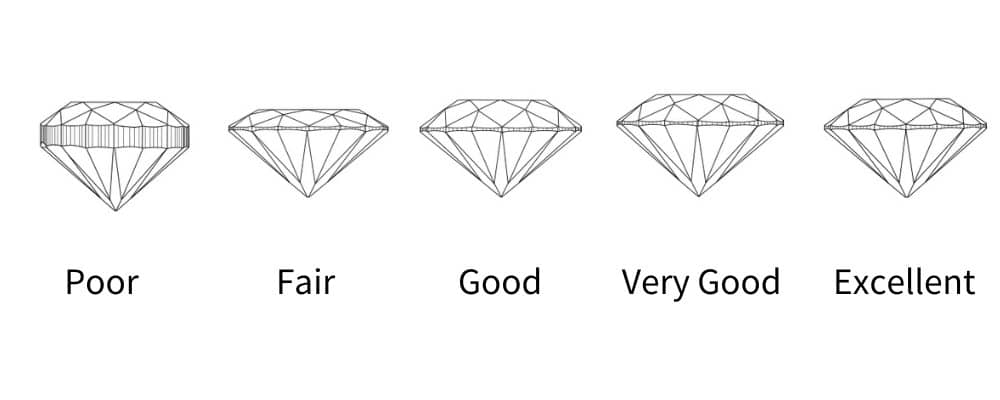
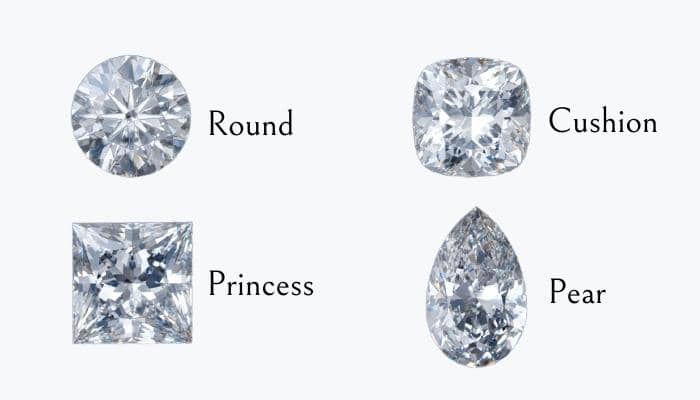
5. Shapes
Diamonds exhibit a diverse range of shapes, with the round brilliant cut standing out as the most prevalent and valuable. Renowned for their exceptional brilliance, round diamonds are highly coveted.
On the other hand, the remaining diamond shapes are known as fancy shapes. Among them, the marquise, pear, and heart shapes are derived from modifications of the round brilliant cut, while square or rectangular shapes such as the asscher are categorized as step cuts. Each fancy shape diamond possesses its own unique level of fire and scintillation. Delve into our comprehensive guide exploring the seven most popular diamond shapes for further insights.
6. Fluorescence
A minority of diamonds, around 25-30%, exhibit a subtle blue glow when exposed to ultraviolet (UV) rays from sunlight. While fluorescence is generally not visible to the naked eye, excessive fluorescence can result in a diamond appearing hazy.
To determine the level of fluorescence in a particular diamond, refer to its accompanying lab report. Gemological laboratories categorize fluorescence as nil, slight, medium, or strong (as per the GIA).
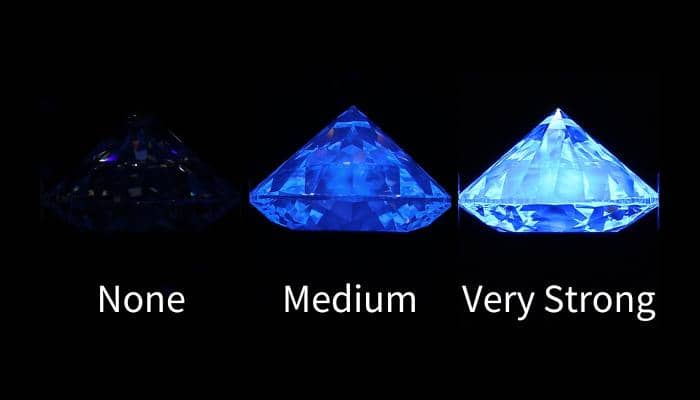
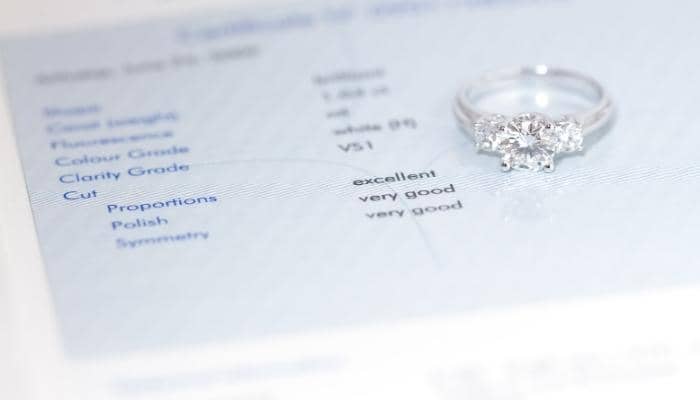
7. Certificate
To ensure a secure diamond purchase, it is recommended to acquire a diamond accompanied by a certificate issued by a renowned gemological laboratory. Prominent gem labs include the Gemological Institute of America (GIA), Hoge Raad voor Diamant (HRD), and the International Gemological Institute (IGI).
These certificates serve as a guarantee of a diamond’s quality, providing detailed information about its cut, color, clarity, and carat weight. Moreover, they safeguard the buyer’s investment by aiding the diamond in retaining its value over time. It is advisable to always opt for a diamond with a valid certificate.
8. Investment
In the realm of luxury, from pricey bags, shoes, clothes, art pieces, and cars to diamonds, there is one exceptional item that retains its value over time: Diamond solitaires. These timeless gems can be cherished across generations, retaining their value for a lifetime. With no wear and tear or fading, diamonds truly become lifelong companions, forever preserving their enduring allure
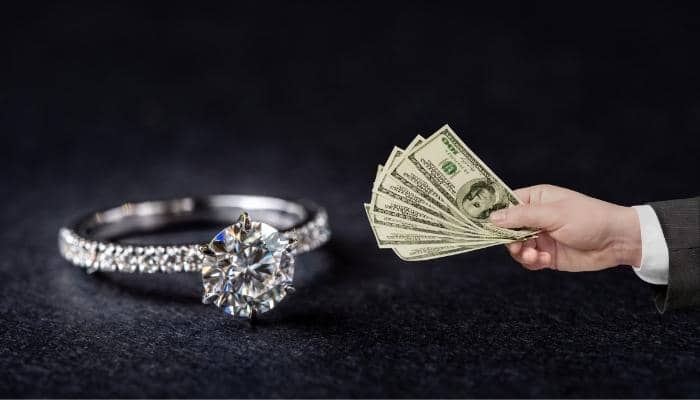
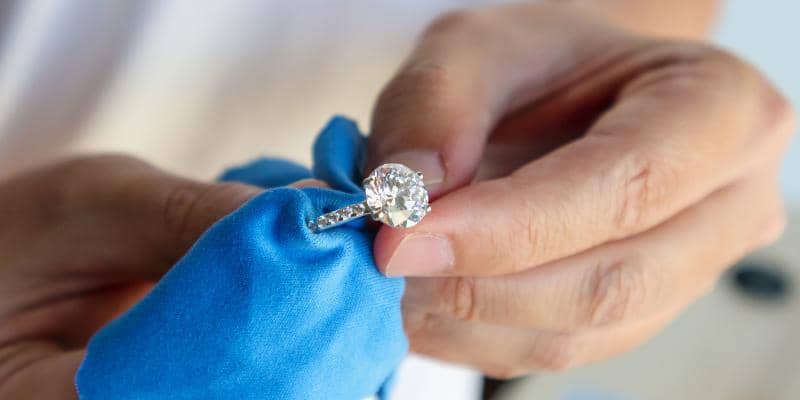
Diamond Care
You can clean your diamond jewellery by simply soaking it in lukewarm water and adding some shampoo. Take a soft brush and clean all the dirt in the prongs and internal gaps of your jewellery. Once you do this it will be as good as new. Remember that any kind of soap, oil, perfume etc can settle on your jewellery which can suppress the light reflected from your Diamond.
The best way to keep your jewellery clean and new is to NOT wear it while bathing. This prevents soap and dirt entering the internal areas which are difficult to clean.

